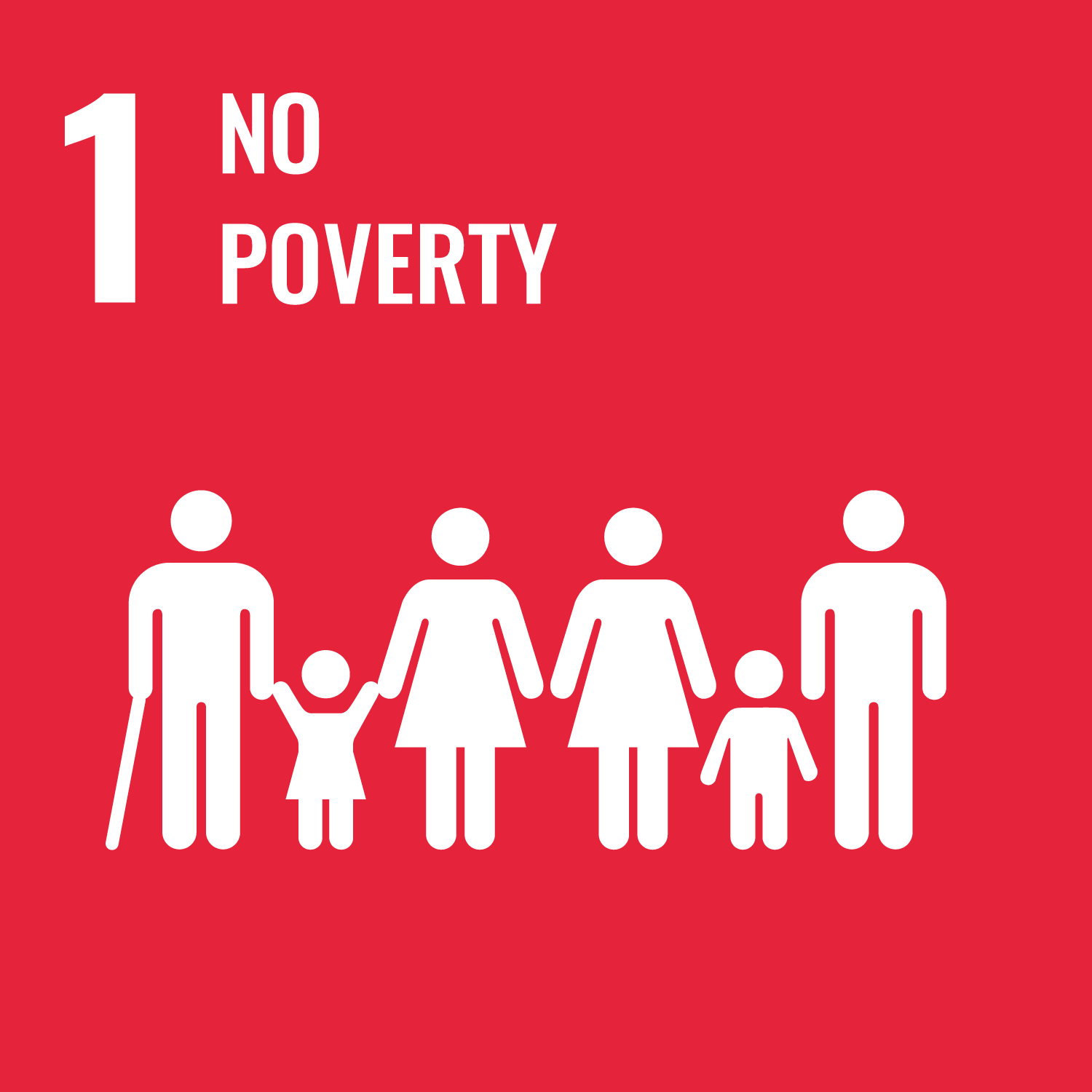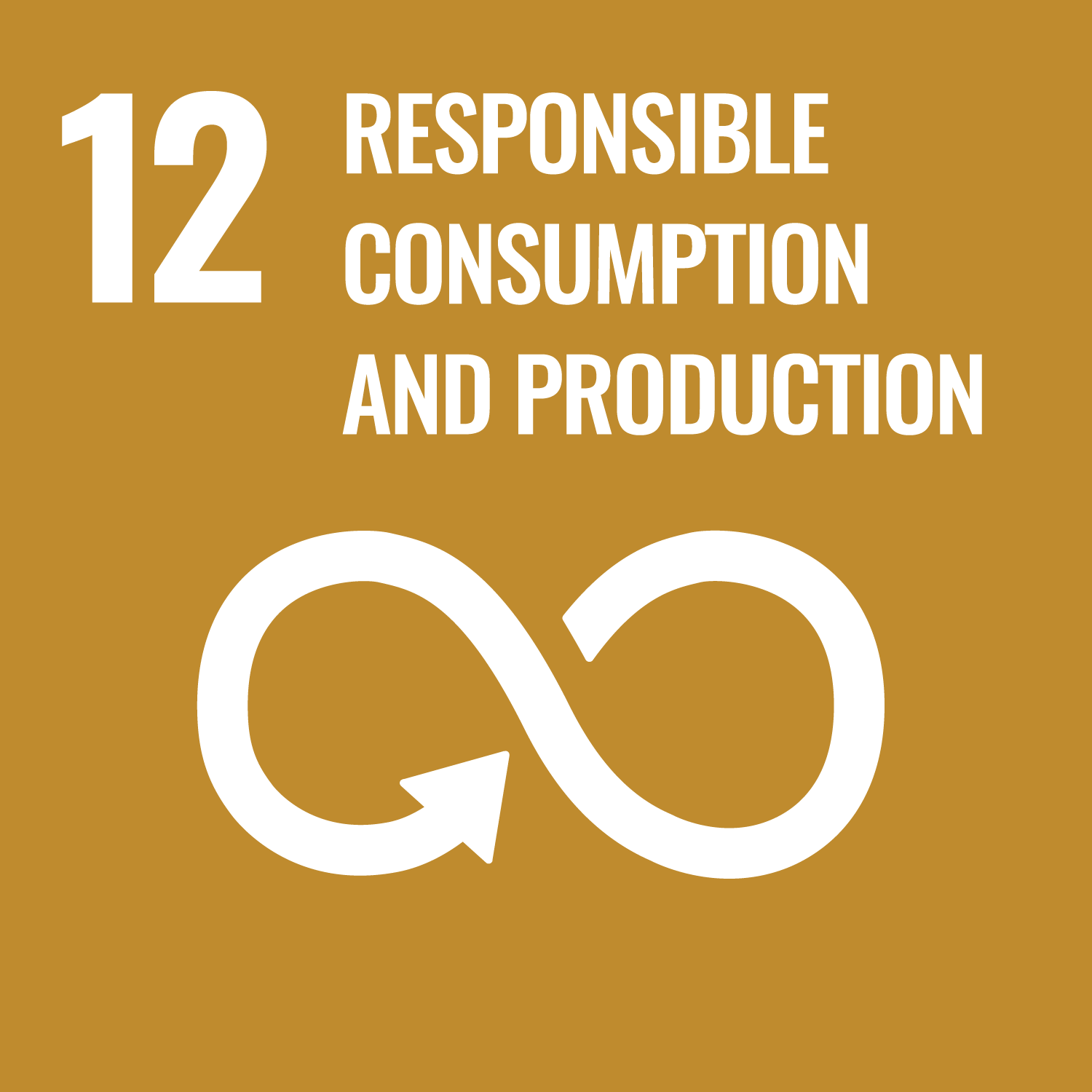THE OCEAN IS A SOLUTION TO ACHIEVING THE UN SUSTAINABLE DEVELOPMENT GOALS
How exactly does the Ocean flow through all 17 of the UN SDGs? We asked Martin Koehring - Head of Economist Impact’s World Ocean Initiative - on a special episode of the Ocean Impact Podcast and this is what he said.
The belief that the ocean is a solution to solving global challenges, and not just a victim of them, is why Ocean Impact Organisation exists. We’ve been singing that song since our inception, finding and supporting startups working on ocean impact solutions that can improve all life on this blue planet.
So it’s no wonder that, when our Co-Founder and CEO Nick Chiarelli shared an incredible feature by Economist Impact called “The Ocean and the Sustainable Development Goals” one weekday morning, our team Slack channel blew up. Safe to say, we were pretty excited.
There was no question, we had to contact the good folks at Economist Impact and see if we could get them on the podcast. And luckily, they were happy to oblige.
This special episode will be released in two parts over two weeks, which we’ll add below as they go live.
What are the UN SUSTAINABLE DEVELOPMENT GOALS?
The UN Sustainable Development Goals (SDGs) are a blueprint to achieve a better and more sustainable future for people and the planet, now and into the future. The 17 SDG’s form a framework for solving global challenges - like climate change, inequality, and poverty - by 2023 and were adopted by all 193 United Nations Member States in 2015.
The SDGs were made more actionable in 2017 by a United Nations General Assembly (UNGA) resolution that identifies specific targets for each goal, and provides indicators to measure progress towards them.
How does the ocean tie into each UN SDG?
SDG 1: No Poverty
The ocean already helps to reduce poverty: 3 billion people depend on coastal marine ecosystems for their livelihoods. Fisheries and Aquaculture alone employed nearly 60 million people each year.
From the food security provided by small-scale fisheries to jobs created by emerging industries like seaweed aquaculture or ocean energy, the possibilities for the ocean to sustainably address poverty are limitless.
SDG 2: Zero Hunger
Blue Foods from the ocean are already a primary protein source for approx. 3 billion people.
But a study found that the ocean could provide 6x more food than it does today with reforms, better management, more technological innovation, and by nurturing the health of its ecosystems. The cultivation of bivalves like mussels, clams, and scallops - in addition to seaweed - could have the greatest gains.
SDG 3: Good Health and Well-Being
We’ve said it before, and we’ll say it again: a healthy ocean means a healthy us. The ocean produces half our oxygen, provides protein to billions of people, regulates the freshwater cycles that give us drinking water, and contains Marine Genetic Resources that could help cure human diseases.
Likewise, what we put into the ocean ends up in us. The flow of harmful chemicals and plastic into the ocean can affect human health, and must be stopped to achieve SDG 3.
SDG 4: Quality Education
From the World Ocean Summit, to the High Seas Treaty, to the WTO Agreement on harmful fisheries subsidies - the more people know, the more they can change. This is the UN Decade for Ocean Science after all.
Add to that the benefits of nature-based training, and the power of ocean literacy to prepare an interdisciplinary future workforce that can fully realise the potential of the blue economy.
SDG 5: Gender Equality
Did you know women account for only 1% of the seafaring workforce worldwide?
Women play a key role in ensuring a reliable supply of food from the ocean, yet 90% are employed in underpaid or unpaid work in aquaculture and fisheries worldwide.
And though women make up 54% of the tourism workforce in Small Island Developing States, their jobs are often considered “unskilled” or temporary.
However, brining women into the Blue Economy could play a huge role in advancing gender equality, which in turn could add an estimated 13 trillion dollars to global GDP by 2030.
SDG 6: Clean Water & Sanitation
While a healthy ocean regulates the freshwater cycles that give us drinking water, a warming ocean disrupts these cycles. And sea-level rise caused by global warming can cause saltwater intrusion into freshwater aquifers.
Meanwhile, 80% of ocean plastic flows from just over 1,600 rivers from around the world; with small urban rivers amongst the most polluting.
On the flip side, the ocean poses a solution too, advancements in sustainable desalination technology are vital for water security.
SDG 7: Affordable and Clean Enegery
The clean energy opportunity of the ocean is staggering. From offshore wind capabilities, to earlier-stage forms like tidal energy and wave energy.
In 2019, offshore wind generated 111.6 terawatt-hours (TWh) of energy globally - that’s enough to power all UK households in 2020.
And it’s estimated that with the right regulatory incentives, a mixture of both tidal and wave power could meet 10% of the EU’s energy demand by 2050.
SDG 8: decent work and economic growth
Did you know that if the ocean was a country, it would be the 8th largest economy in the world? The export value alone of the blue economy is 3% of global GDP.
There's huge opportunity in key industries like tourism, energy, fishing & aquaculture, shipping, etc.
But a growing blue economy also means more job opportunities in conservation, marine research & science, communications, engineering, maritime law (with successes like the historic High Seas Treaty), and more.
SDG 9: Industry, Innovation & Infrastructure
Investing in ocean impact startups working on a variety of solutions - from seaweed cultivation and wave energy, to boat-hull cleaning robots and digitised reefs - can be profitable while helping people and planet.
Coastal ‘blue-green’ infrastructure, helps protect people, homes, buildings, and power networks from damage caused by storms and sea-level rise.
In fact, coastal wetland ecosystems alone prevented US$625m in property damage during Hurricane Sandy in 2012.
SDG 10: reduced inequalities
Small Island Developing States (SIDS) contribute less than 1% of global greenhouse gas emissions but are most vulnerable to sea level rise, ocean acidification, extreme weather, and marine heatwaves.
A sustainable and regenerative blue economy has the potential to reduce inequalities between countries - as well as between gender, ethnicity, age, religion, race, disability, economic status, etc.
SDG 11: sustainable cities & communities
40% of the planet’s population live in costal communities within forty kilometres of the ocean. And coastal and port cities facilitate around 90% of global trade.
Harnessing blue-green infrastructure (protecting and creating wetlands, oyster beds, barrier islands, reefs, etc) helps create “living shorelines” that strengthen coastlines and protect cities and communities.
Blue-green infrastructure projects are critical to achieve sustainable communities, but they’re often neglected in favour of “grey” infrastructure.
SDG 12: Responsible Consumption & Production
The biggest stresses on Planet Ocean come from human consumption and production.
Plastic waste contaminates all corners of the global ocean. While contamination from chemical pollution is negatively affecting the marine ecosystem across 96% of the Baltic Sea, 91% of the Black Sea, 87% of the Mediterranean Sea, and 75% of the north-east Atlantic Ocean.
Demand for blue foods threatens fish stocks, but if all global fisheries were sustainably managed, at least 16m more tonnes of catch (~US$53bn in profit) could be generated in comparison to business-as-usual.
SDG 13: Climate Action
Did you know the carbon-sequestration value over the lifespan of great whale is US$3m?
Or that seagrass as an ecosystem has carbon-capture benefits of around US$2.3trn?
Although the ocean has absorbed over 90% of excess heat from human-caused global warming -melting glaciers that normally reflect heat and warming waters - it can also fight climate change and biodiversity loss, while creating value, through marine natural capital.
SDG 14: Life Below Water
The ‘official’ ocean SDG is actually the most underfunded SDG of all. Yet the ocean is critical to all life on earth.
Coral reefs for example cover less than 1% of the earth’s surface, yet 500 million people depend on them for food, income, and costal protection.
Most of the challenges faced by the ocean actually originated on land. Yet the ocean could prove to be one of the biggest solutions to a sustainable future.
SDG 15: Life On Land
75% of the rain that nourishes life on land comes from the ocean.
Ocean organisms provide 50% of the oxygen in our atmosphere.
And the ocean protects land-based ecosystems from heating faster due to climate change.
It’s a literal life-support system for the entire planet, contributing to the water, food, atmosphere, and air which all life on land depends.
SDG 16: peace, justice & strong institutions
The ocean can galvanise people and nations to come together around core issues that affect all of us. Like protecting 30% of the ocean and land by 2030.
In March 2022, representatives from 175 nations signed a resolution to end plastic pollution.
After a decade of negotiations, the historic High Seas Treaty was announced, to ensure the peaceful, equitable, co-operative, and legally-defined use of international waters for all humankind.
And numerous institutions and organisations are calling for a moratorium on deep sea mining.
SDG 17: PARTNERSHIPS for the goals
In 2019, US$37.7bn was committed to SDG 9 - the highest funded SDG in the list. But only US$2.3bn was committed to SDG 14: Life Below Water - the lowest funded.
Cross-sector collaboration and public-private co-operation to strengthen ocean action and protect ocean health is critical.
Funding partnerships like blue bonds and blended finance is particularly important for financing ocean action.
Whilst partnering with local and Indigineous communities (already stewards of marine ecosystems) is a critical for ensuring effective, inclusive outcomes.
A huge thank you to Martin Koehring for being on the podcast, and to the team at Economist Impact’s World Oceans Initiative. We highly suggest checking out their animated feature post “The Ocean and the UN Sustainable Development Goals” - it will change the way you think about the ocean and it’s ability to solve our biggest challenges.
Listen to or watch the podcast
YouTube | Spotify | Apple | Soundcloud | Google



















